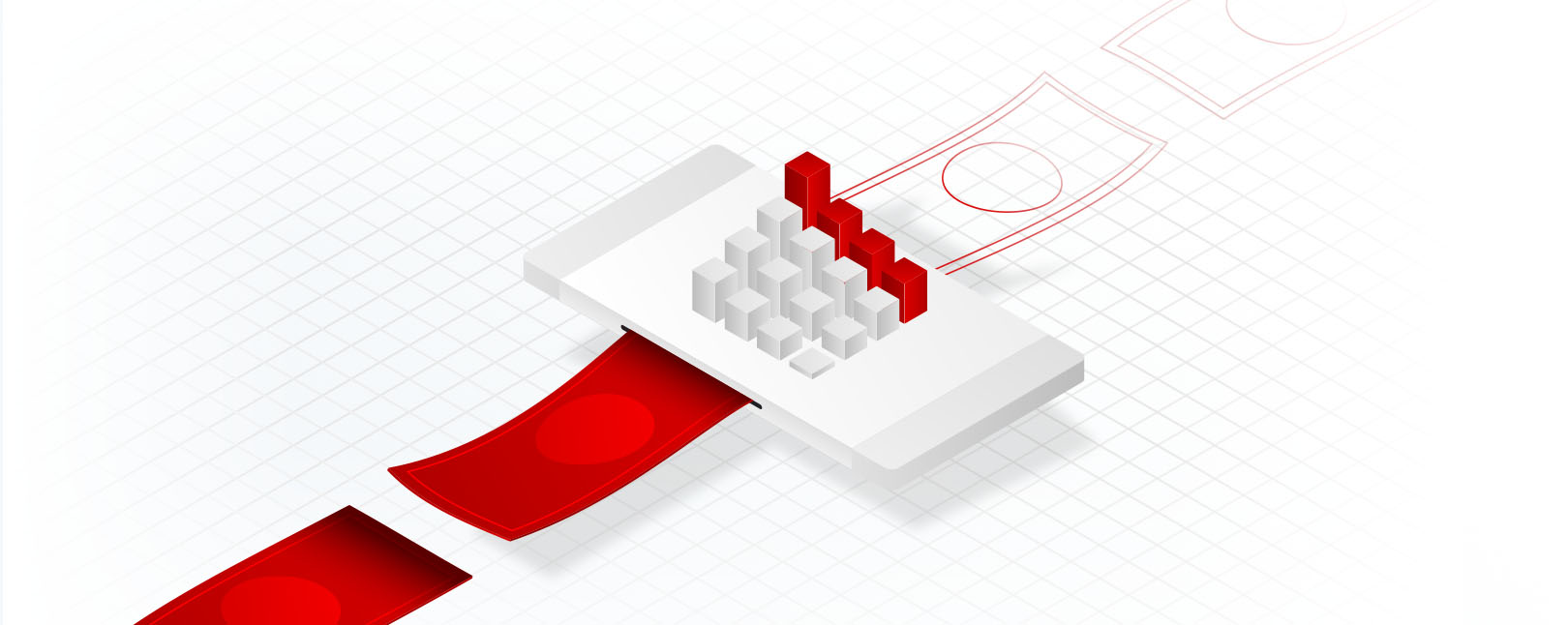These 2017 FinTech Trends Will Forever Change How You Do Business
Within the next decade, FinTech will revolutionize virtually every aspect of the payments industry. While some advances are still a few years away, other technologies have already had a transformative affect—and we’ve only reached the tip of the iceberg.
These are the six 2017 FinTech trends to watch going forward:
1. Banks Partnering with FinTech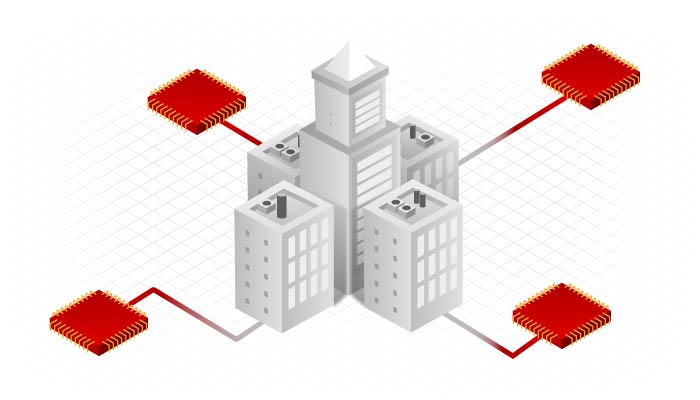
Originally, FinTech was in direct competition with traditional financial services, but 2016 proved to be the year the two forces decided to collaborate. This “fintegration” combines the respective strengths of both models, merging the agile service of FinTech with the stability of traditional banking.
Successful fintegration means better client retention and increased revenue for banks, while FinTech services enjoy the legitimacy of traditional payment services. A concrete example could be dynamic security codes, which some banks are experimenting with to improve security for customers.
The main challenge over the next few years will be determining how banks and FinTech can collaborate to deliver the greatest benefit to consumers. Offering faster and more convenient transactions with broader integration is essential for keeping pace with expectations of today’s always-on, 24/7 contemporary customers.
2. Instant Payments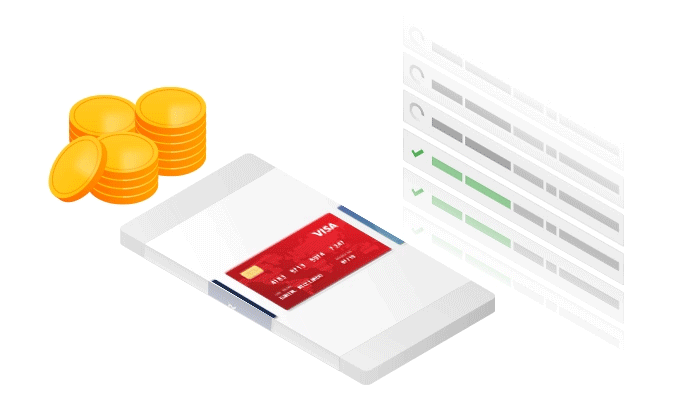
Traditional payments clearing can take multiple days, leaving frustrated cardholders in limbo as they try to pin-down their finances. 2017 FinTech trends, like fintegration, will enable further developments such as real-time payments, and that is not limited to eCommerce clearing.
P2P payment platforms, like Venmo, allow users to seamlessly transfer funds to other accounts, which makes splitting a check after dinner quick and painless. Soon, banks may be able to qualify and approve loan requests remotely and in real-time, fundamentally changing the entire structure of the payments industry.
The European Payments Council is expected to implement plans for instant payments throughout the Eurozone by the end of 2017. This will accelerate instant payments clearing throughout the rest of the global market as well.
3. Mobile Trading Brings New Players into the Market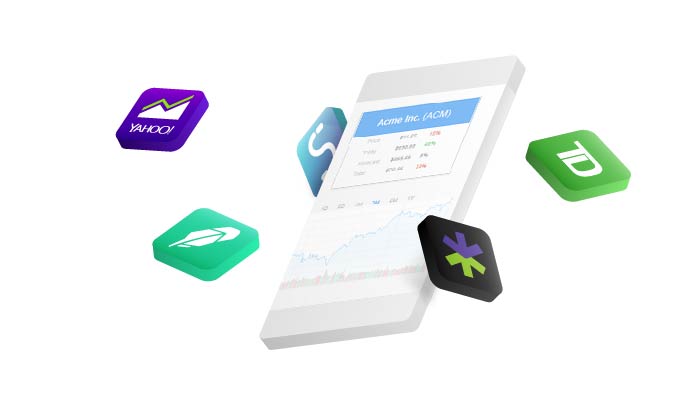
Trading in the open market was once perceived as restrictive and secretive, but the rise of FinTech brought new ways to invest. Many FinTech apps, like Robinhood and Stash, are offered to users free-of-charge. They make money by offering premium services, or by taking tiny shares of users’ trades as fees.
Such services may not entice seasoned traders or experienced entrepreneurs. However, they lower barriers-of-entry to new and inexperienced investors looking to try their hand in the market and start building a portfolio. This introduces millions of (primarily) young people to the world of investing who might otherwise have remained on the sidelines.
4. Frictionless, Borderless Payments are the Norm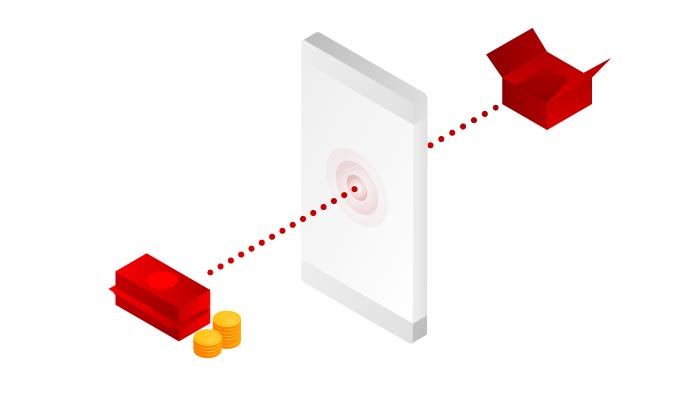
Reducing payment friction is one of FinTech’s key benefits. This goes for eCommerce, of course, but also for brick-and-mortar retail. In fact, the border between the two channels is less and less defined the more 2017 FinTech trends take hold.
Look at Amazon’s recent brick-and-mortar experiment: Amazon Go. The store’s “just walk out” approach represents a new standard in streamlining customer interactions. Like hailing a rideshare, there is no wait and no need to check out. FinTech promises to bring this same level of functionality to all aspects of digital transactions.
Unfortunately, there is also a downside:
Some measure of friction can be a good thing. Balancing the right amount of friction in the transaction process is an effective counterweight to prevent buyers’ remorse and the resulting chargebacks.
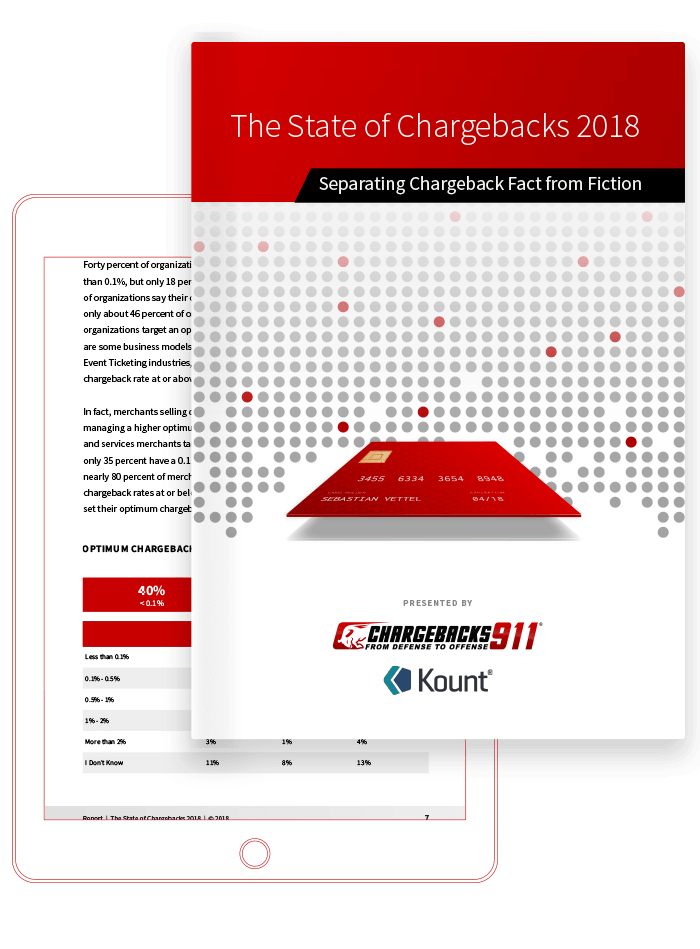
The State of Chargebacks 2018
Launched as a way of collecting and analyzing industry findings, the State of Chargebacks survey reflects the experiences of more than one thousand respondents in the card-not-present space. Download to learn the latest insights on fraud and chargeback management.
Free Download5. Consumers Love the Subscription Model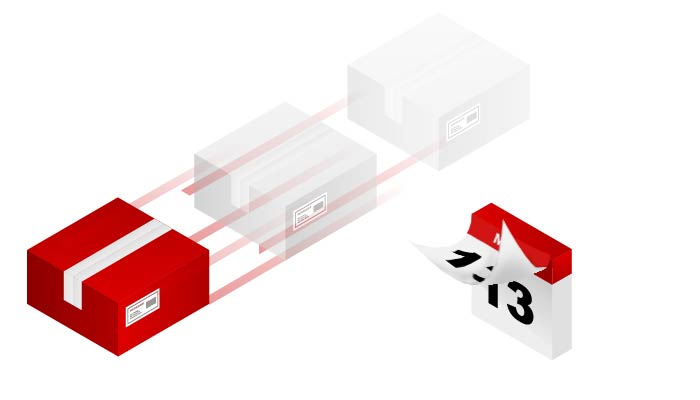
Recurring billing is gaining popularity, especially with Millennial consumers. These buyers love the idea of signing up and receiving their goods on a regular basis. This is especially true of services, with roughly 9 out of 10 millennials having a subscription to at least one recurring billing service.
FinTech’s emphasis on streamlining the customer experience plays a major role here. Consumers’ preferences for easier, frictionless customer experiences creates a feedback loop between FinTech services and “hands-off” models like recurring billing. The more consumers embrace one, the more it drives the other.
6. Blockchain Gains Legitimacy with Financial Institutions
Blockchain (a FinTech brainchild) first entered the common lexicon with the rise of bitcoin. Although the technology is less than a decade old, it’s already being explored by traditional financial institutions as a potential revolution in efficient lending and record-keeping.
A proactive chargeback strategy helps end surprises. Ask us how.

The blockchain is a communally-accessible digital ledger that keeps a record of transactions in real-time, as opposed to the common method of ACH clearing. Some experts suggest that wider adoption of blockchain technology could enable banks to save as much as $20 billion annually by 2022. These potentially huge reserves of freed-up cash are attracting numerous financial institutions to start experimenting with the technology.
FinTech Adoption Must be Carefully Managed
FinTech will fundamentally change how the world conducts business.
Merchants can offer better service and do business faster, while customers enjoy easier transactions. Millions of unbanked people will be able to join the digital economy, allowing banks to save incredible sums of money by optimizing their processes and eliminating inefficiencies.
Of course, FinTech adoption can easily backfire and lead to payments chaos if not carefully managed and tracked by all players in the industry. FinTech calls for a balanced approach, with businesses and customers willing to adopt new technologies, while not being overeager. It’s a delicate process which can bring either incredible efficiency and profit… or financial disaster.
Do you have questions about what these 2017 FinTech trends mean for your business? How will FinTech impact your approach to chargeback management? Comment below to join the conversation, or request more information.

